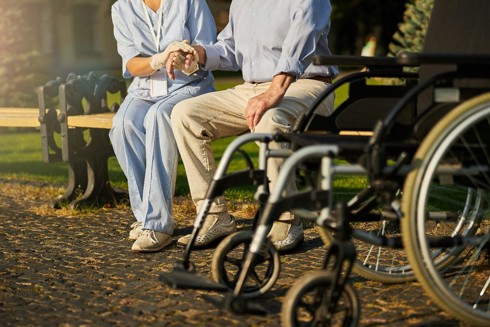Have you ever wondered why women always spend more time in the toilet queue?
11/01/2024
We’ve all been there. You’re at an event, you need to use the ladies – and the line is out the door. Meanwhile the men’s bathroom is deserted (don’t even think about it – I’ve gone there and you don’t want to).
A story in The Guardian this week explains why. On average women take twice as long to use a toilet as men – about 90 seconds compared to 40 seconds. Not to mention the clothes, bags, small children and other ‘ladies’ issues’ that we have to deal with.
And that’s before you even get to the problem of design. Most architects build toilets for men and women that are the same size – despite women needing three times as many cubicles to make up for the extra time.
No wonder why a new survey found 59 per cent of women say they regularly have to queue compared to just 11 per cent of men.
Solving a taboo problem
The journalist’s solution? ‘Potty parity’ or providing an ‘equal’ number of toilets for men and women based on the longer usage time.
It sounds strange – but there are bigger issues here too. It’s estimated around five million Australians have bladder or bowel control problems. These often include the elderly, people with disabilities and people with a range of medical conditions.
If you find yourself always stuck in the queue – or indeed in many places unable to find a loo – you’re more likely to stay at home and avoid going out. This can lead to social isolation and loneliness which research has shown can prevent you from living longer and happier.
So come on governments and planners – it’s time to think outside the cubicle!
https://www.theguardian.com/lifeandstyle/shortcuts/2018/mar/21/why-women-face-longer-toilet-queues-and-how-we-can-achieve-potty-parity
https://theconversation.com/caught-short-we-need-to-talk-about-public-toilets-60450














